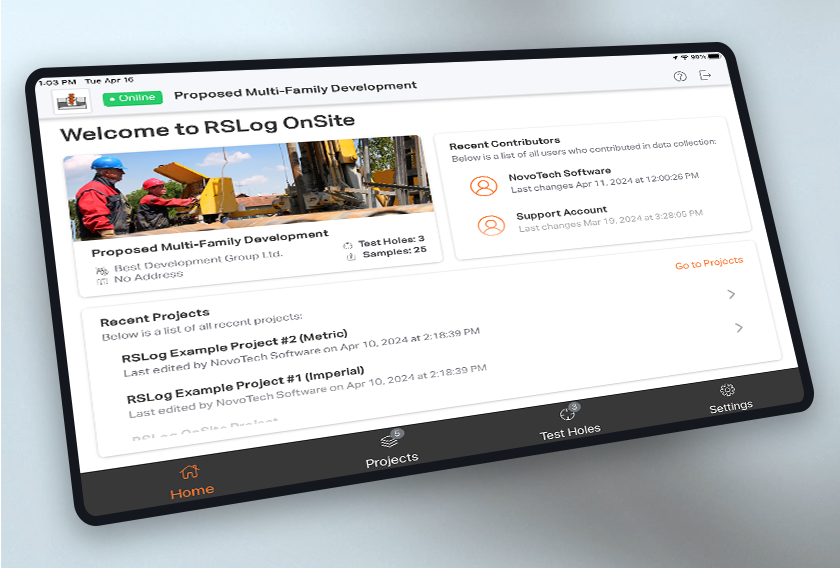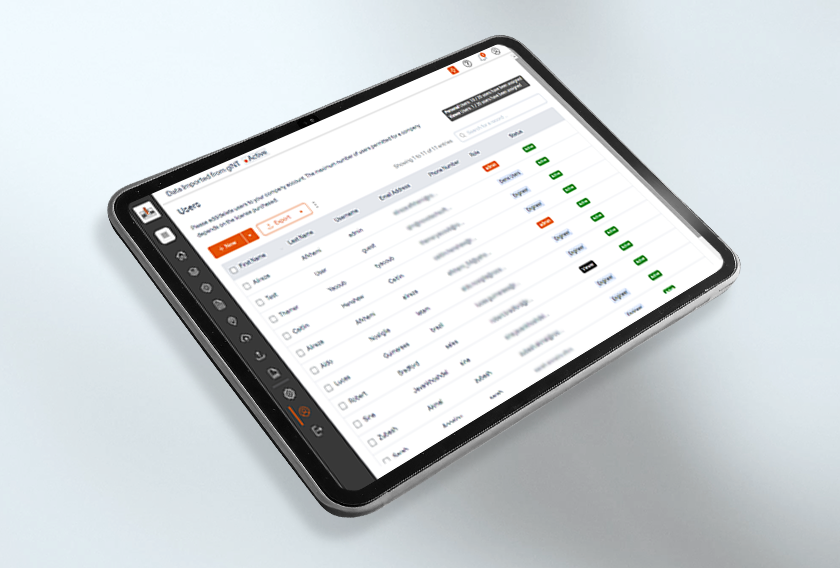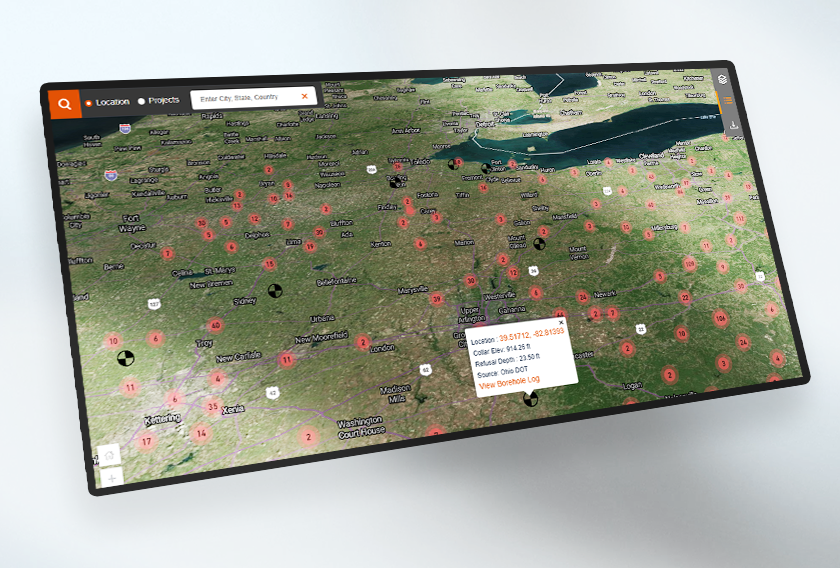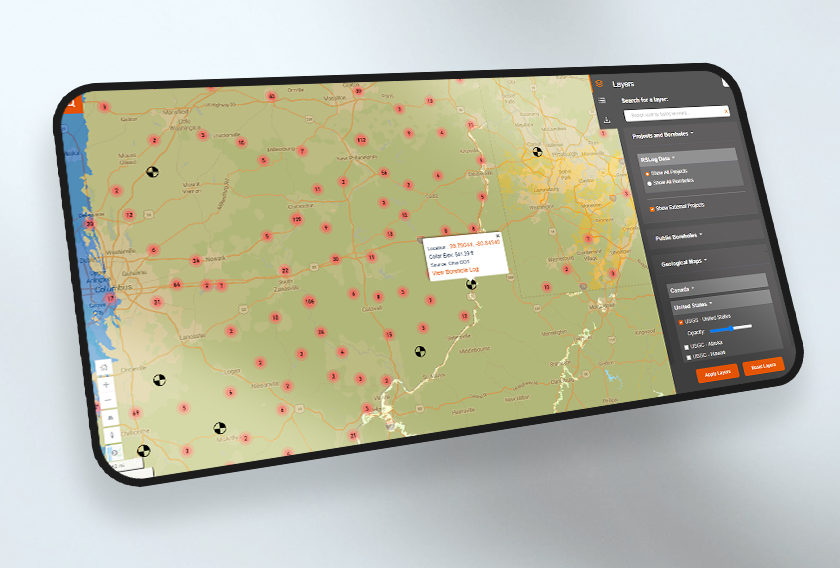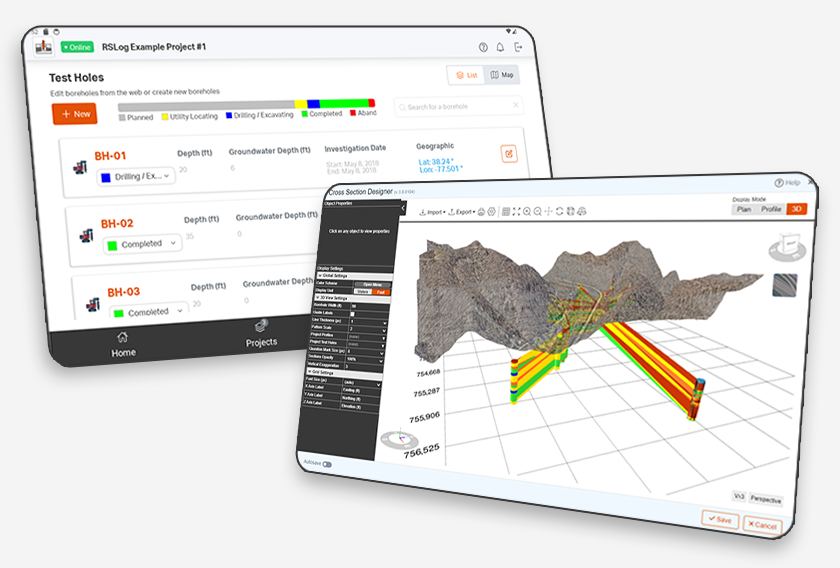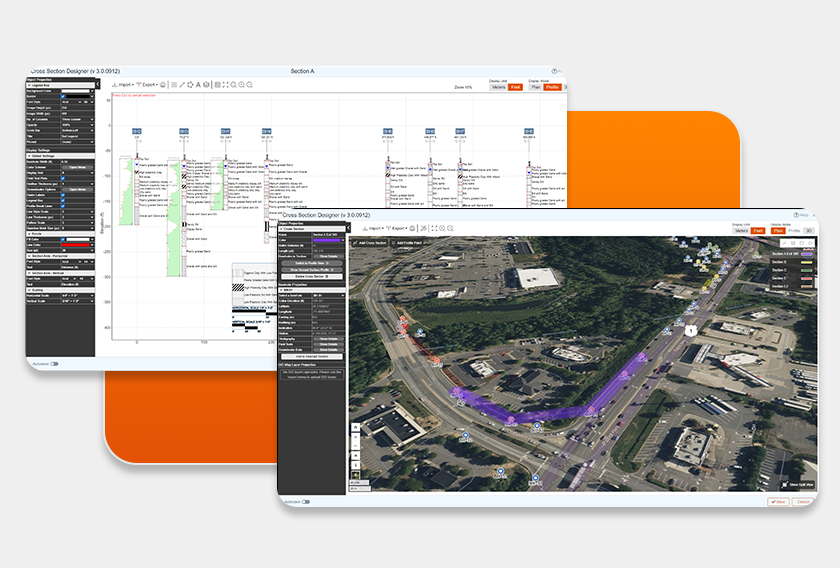Using AI, RSLog’s New Optical Character Recognition (OCR) Feature Digitizes Paper Borehole Logs
- Alireza Afkhami, Senior Director of Web Applications at Rocscience
The new groundbreaking Optical Character Recognition (OCR) feature in RSLog, our cloud-based borehole data management software, offers the most cost-effective solution for handling large amounts of data through a safe and reliable data processing system.
OCR utilizes Artificial Intelligence (AI) to turn historic paper borehole logs into easily accessible database records, and all you need is an RSLog account. This enables consulting engineers, Departments of Transportation, and infrastructure owners to convert tens of thousands of borehole records to structured borehole data in a short period of time.
Here, we’ll cover the value of historic borehole records, why current methods make managing them challenging, and how RSLog’s OCR feature will make the process easier.
The Need for Historic Borehole Data
The United States is grappling with the aging of its infrastructure, with 92,000 dams averaging 61 years old (according to FEMA) and over 620,000 bridges, 42% of which are at least 50 years old. As new infrastructure will take decades to replace, cost-effective maintenance of existing structures is crucial.
Safety reviews and seismic retrofits for these aged infrastructures rely heavily on geotechnical reports and borehole logs, many of which predate digital records. Given the high costs of subsurface investigations and engineering supervision, access to historical borehole records is essential for ensuring safety and stability.
Traditionally, these records are scanned into PDF files and stored for future access, which generates a digital copy of the logs that can be printed or attached to new reports or construction drawings. Although this is a great step towards preserving historic borehole logs, it does not necessarily lead to cost-savings when planning new subsurface investigations or engineering designs.
RSLog’s OCR Feature is the Solution
The new groundbreaking Optical Character Recognition (OCR) feature in RSLog utilizes Artificial Intelligence (AI) to turn the paper copies of your old borehole logs directly into easily accessible database records in your RSLog account.
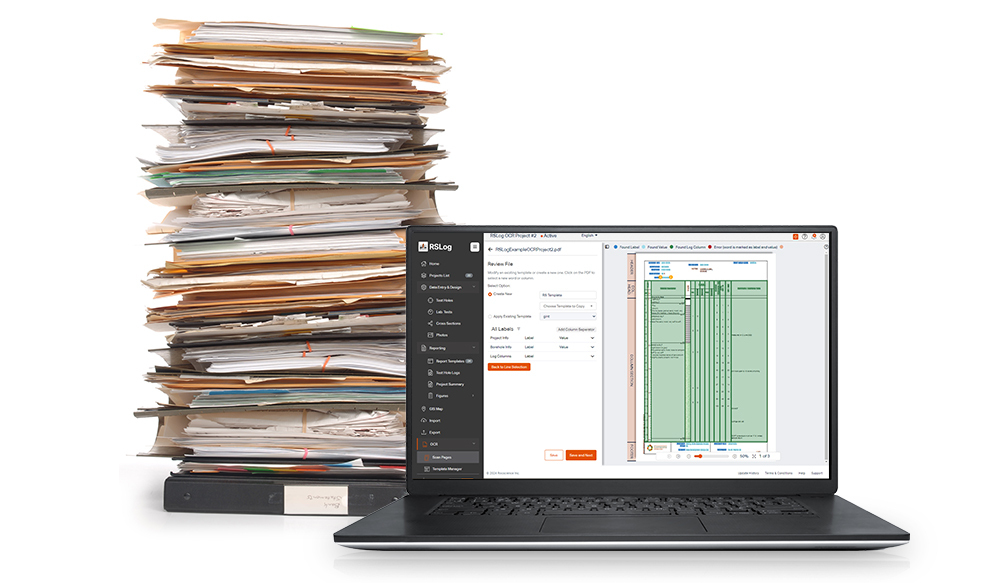
The process starts with uploading borehole log PDFs. RSLog analyzes all pages of the PDF to decode the design of log templates and to identify labels and log columns. Users can then verify each template and make corrections if necessary. Once the templates are fully verified, keep uploading more PDF files. RSLog takes care of the rest.
What Boreholes Logs are Supported?
All types of boreholes and projects can benefit from OCR. If your borehole records are legible, RSLog can handle any handwritten / printed, shallow / deep, geotechnical / environmental, borehole / test pit log. The system is designed to learn from user intervention during the log template review, so subsequent log template detections are more efficient.
The current version of OCR extracts alphanumeric data such as project and borehole information, strata description, samples, SPT data, and other field and lab tests data. By calculating the depth scale from the borehole logs, an accurate depth value is assigned to each piece of data extracted from the logs. This includes recording the depth of test results, layer transitions, and other notes within a borehole log column.
Extraction of data from the graphs will be provided in the next versions of this feature.
Why Use RSLog to Digitize Historic Logs?
Once data extraction is complete, the rest of RSLog’s data management features are there to support you. This brings the borehole data to life and allows interaction with various features, such as:
- Export boreholes to structured Excel or JSON format,
- Edit boreholes as required to augment the extracted data,
- Generate borehole logs using your RSLog templates,
- Create cross-sections and 3D visualizations using these boreholes,
- View their locations on RSLog’s GIS map and export them to Google Earth format, and
- Generate different types of reports.
After processing the PDF files and creating boreholes in RSLog, a copy of the PDF file will be stored in your account where you can access it at anytime, anywhere. With RSLog, your data is safely guarded and only your users can access your files or data. Once new versions of the OCR feature become available you can re-process your PDF files without even uploading them to RSLog.
The RSLog development team works around the clock to bring more features to our users. Contact us today to learn more about how RSLog can help you process your historic data and start your free trial.
